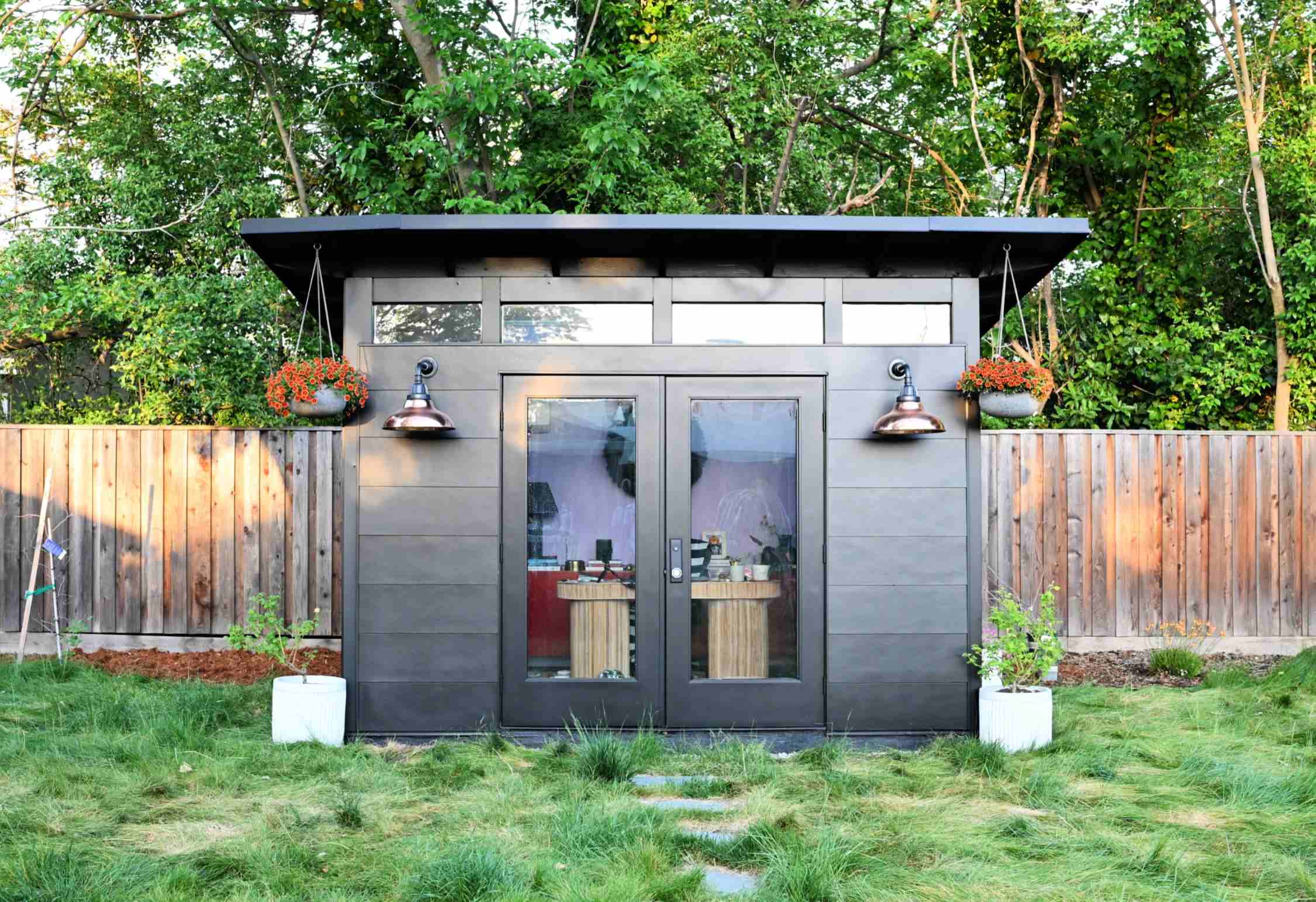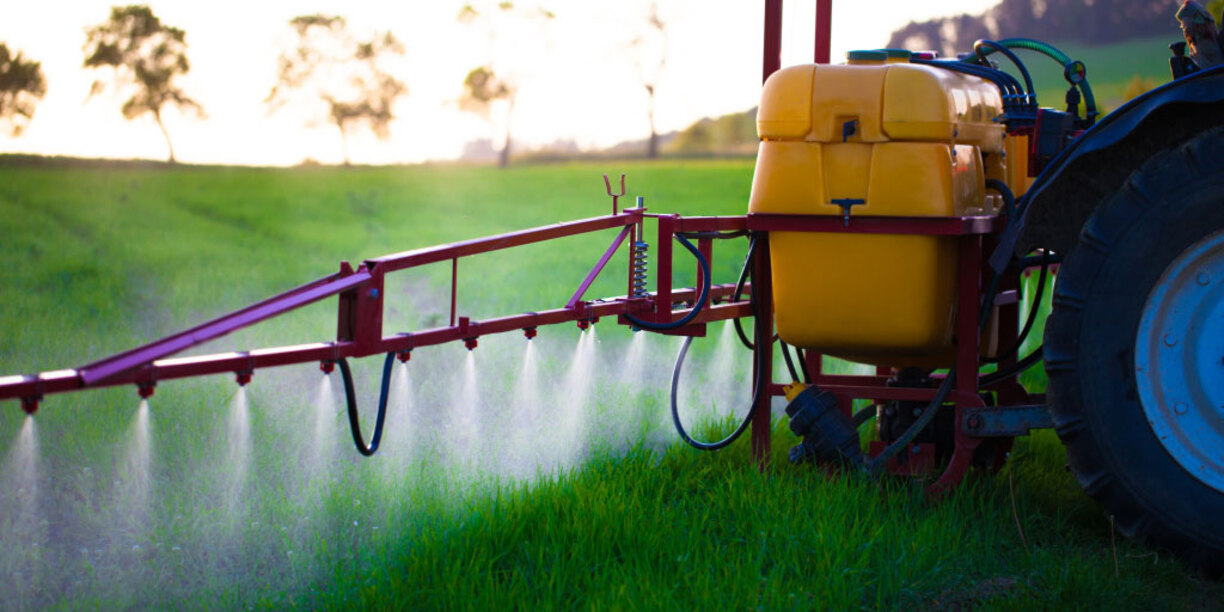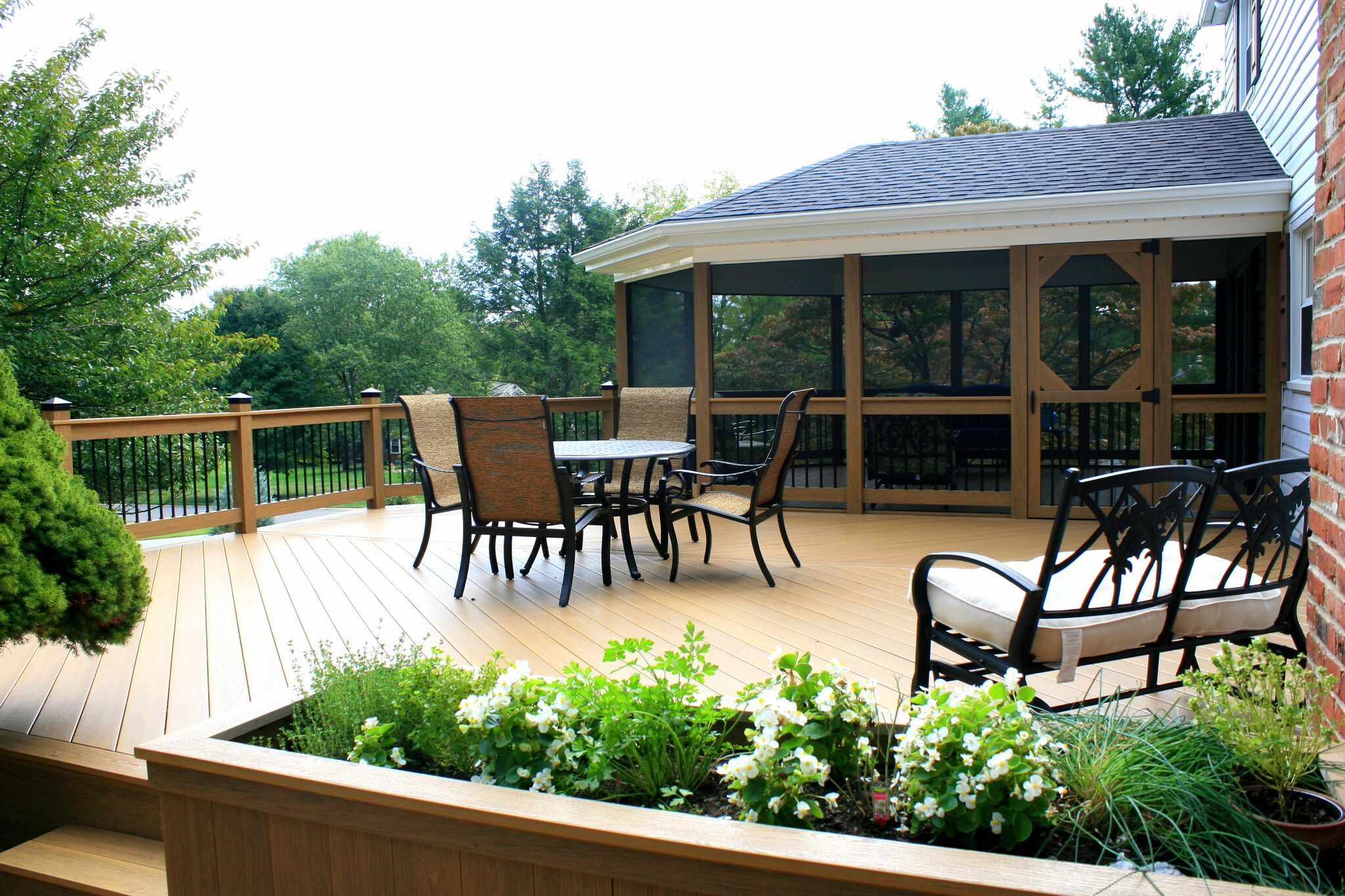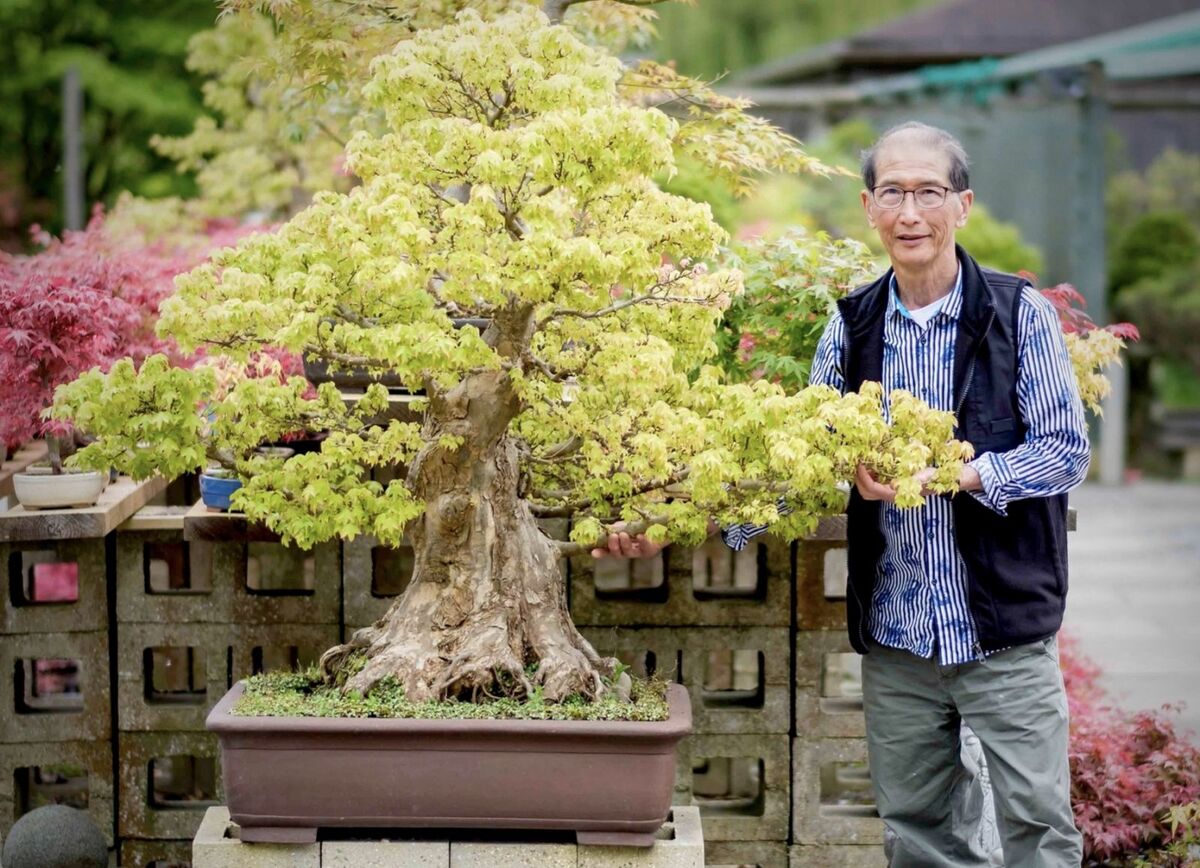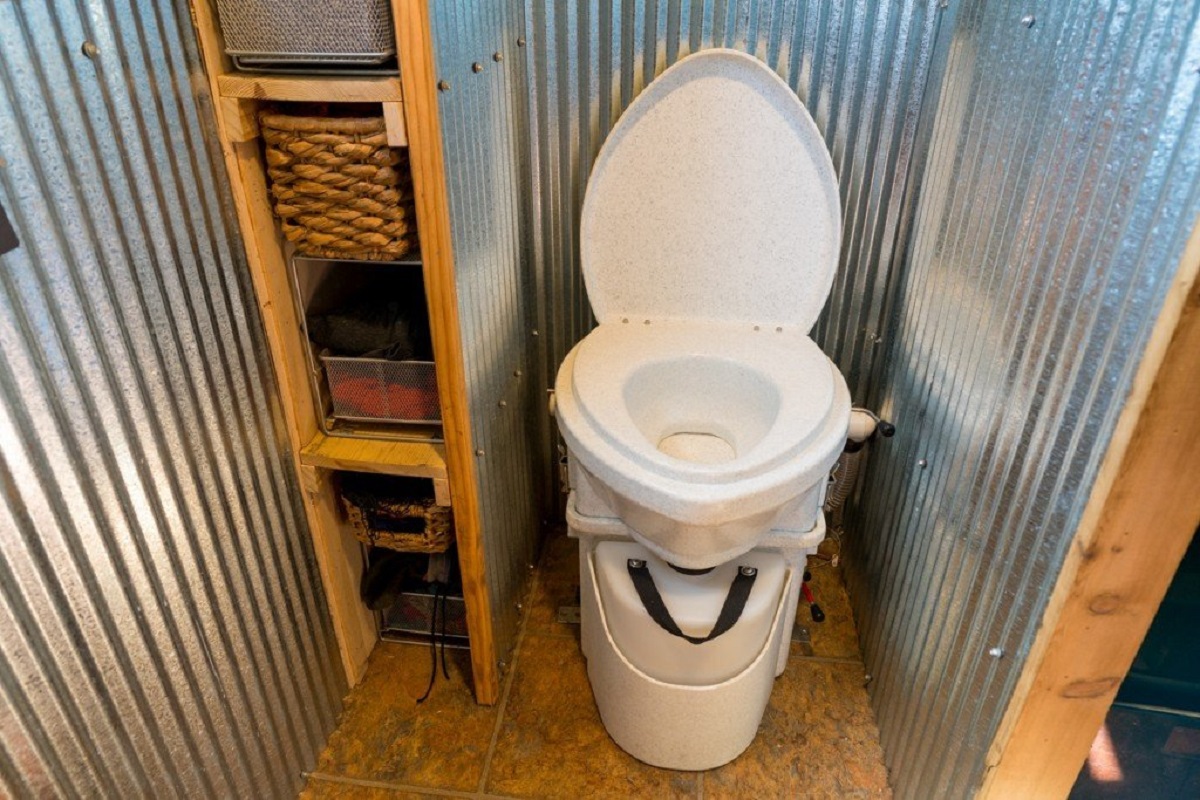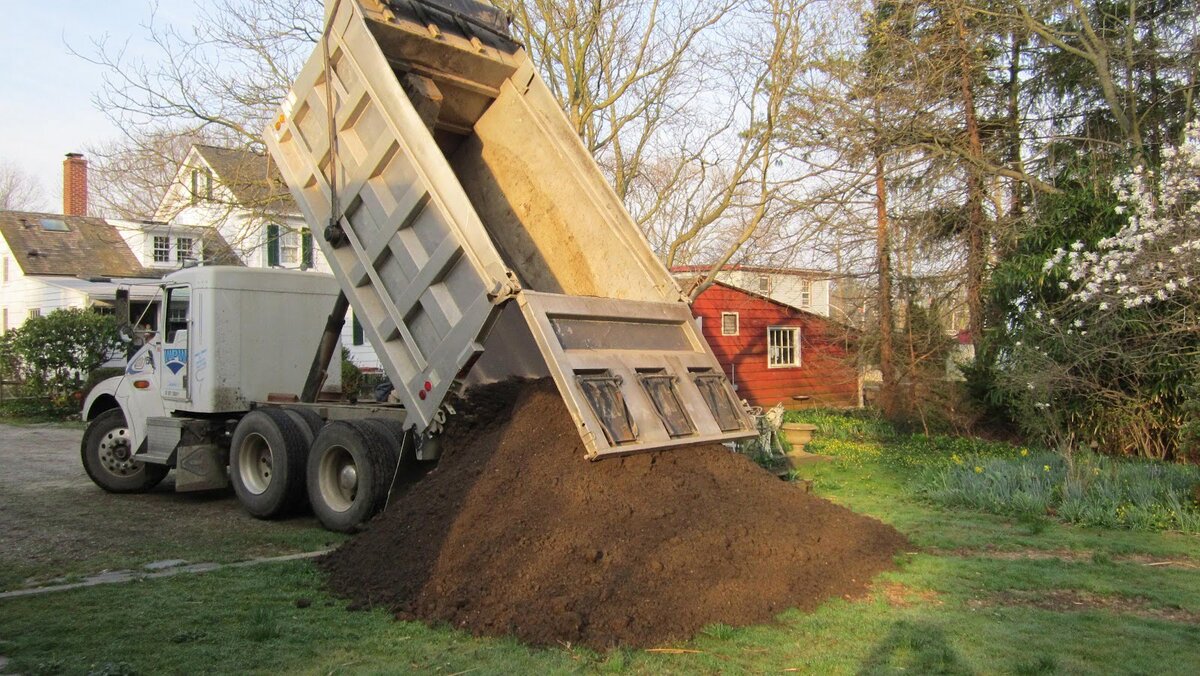Home>Gardening Basics>Getting Started>How Much Cost To Plant Shrubs


Getting Started
How Much Cost To Plant Shrubs
Modified: January 22, 2024
Find out how much it will cost to plant shrubs and get started on creating your dream garden. Learn about the expenses involved in this comprehensive guide.
(Many of the links in this article redirect to a specific reviewed product. Your purchase of these products through affiliate links helps to generate commission for Chicagolandgardening.com, at no extra cost. Learn more)
Table of Contents
Introduction
Welcome to our comprehensive guide on the cost of planting shrubs. Thinking of adding some greenery to your outdoor space? Planting shrubs can be a great way to enhance the beauty and functionality of your garden or landscape. However, before you dig into the project, it’s important to consider the cost involved.
Planting shrubs can be both a rewarding and cost-effective investment. Not only do they add aesthetic appeal to your property, but they also provide numerous environmental benefits, such as improving air quality, reducing noise pollution, and conserving energy.
When it comes to estimating the cost of planting shrubs, there are several factors to consider. The type and size of the shrubs, the materials and supplies needed, the cost of labor, and any additional expenses can all influence the overall cost of the project.
In this guide, we will explore these factors in detail to help you get a better understanding of how much it may cost to plant shrubs. We will also provide you with some useful tips on how to save money and make the most out of your shrub planting project.
Whether you’re a gardening enthusiast looking to add some greenery to your outdoor space or a homeowner aiming to boost your property’s curb appeal, our guide will assist you in making informed decisions about the cost of planting shrubs.
Factors Affecting the Cost of Planting Shrubs
Several factors can influence the cost of planting shrubs. Understanding these factors will help you determine your budget and make informed decisions for your project. Let’s take a closer look at the key factors that can affect the cost of planting shrubs:
- Type and Size of Shrubs: The cost of shrubs can vary greatly depending on their type and size. Common shrubs like boxwoods or hollies are generally more affordable, while specialty or exotic varieties may come with a higher price tag. Additionally, larger, more mature shrubs will cost more than smaller ones.
- Materials and Supplies: The materials and supplies needed for planting shrubs also contribute to the overall cost. This includes items such as fertilizer, soil amendments, mulch, stakes, ties, and tools. The quality of these materials can impact the cost as well.
- Labor Costs: If you choose to hire professionals for planting shrubs, labor costs will be a significant factor. The complexity of the project, the number of shrubs to be planted, and the time required for planting and site preparation will all affect the labor costs. It’s essential to obtain quotes from different landscapers or gardening services to compare prices and find the best option for your budget.
- Site Preparation: The condition of the planting area and the required site preparation can also impact the overall cost. If the site needs clearing, leveling, or amending the soil, additional expenses may be incurred.
- Accessories and Enhancements: Adding accessories or enhancements to the shrub planting project, such as decorative rocks, edging, or irrigation systems, can increase the cost. These elements can add functionality and aesthetics to your garden but should be budgeted for accordingly.
It’s important to remember that while the initial cost of planting shrubs may seem high, they are a long-term investment. Shrubs can provide many years of beauty and benefits, making them a valuable addition to your outdoor space.
Types of Shrubs and Their Cost
When it comes to choosing shrubs for your landscape, the options are vast. Each type of shrub comes with its own characteristics and price range. Here are some popular shrub varieties and their average cost:
- Boxwoods: Boxwoods are versatile evergreen shrubs known for their dense foliage and neat appearance. They come in various sizes, from small hedges to large shrubs. The cost of boxwoods ranges from $10 to $50 per plant, depending on the size and variety.
- Roses: Roses are classic flowering shrubs loved for their beauty and fragrance. They are available in many varieties, such as hybrid teas, floribundas, and climbers. The cost of rose shrubs can range from $10 to $50 per plant, depending on the type and maturity.
- Azaleas: Azaleas are popular deciduous or evergreen shrubs known for their colorful flowers. They thrive in acidic soil and come in a wide range of hues. Azalea shrubs can cost anywhere from $10 to $50 per plant, depending on the size and variety.
- Lilacs: Lilacs are fragrant, spring-blooming shrubs that add beauty and fragrance to any landscape. They come in different colors, including purple, white, and pink. The cost of lilac shrubs can range from $15 to $50 per plant, depending on the size and variety.
- Hollies: Hollies are evergreen shrubs with glossy leaves that provide year-round interest. They come in various shapes and sizes, including upright, conical, and weeping forms. The cost of holly shrubs ranges from $20 to $100 per plant, depending on the size and variety.
These are just a few examples of popular shrub types and their average cost. It’s important to note that the prices may vary depending on your location, the supplier, and other factors. Additionally, more unique or exotic shrub varieties may have higher price points due to their rarity and specialized care requirements.
Before making a purchase, it’s advisable to research local nurseries and garden centers, compare prices, and consider the specific needs of the shrub variety you are interested in. This will give you a better idea of the cost and help you make an informed decision within your budget.
Cost of Materials and Supplies
When planning the cost of planting shrubs, it’s essential to factor in the cost of materials and supplies. These items are necessary to create a suitable environment for the shrubs to thrive. Here are some common materials and supplies and their average costs:
- Soil Amendments: Depending on the condition of your existing soil, you may need to incorporate soil amendments to improve drainage, fertility, or pH levels. Common soil amendments include compost, peat moss, and vermiculite. The cost of soil amendments can range from $5 to $30 per bag, depending on the quantity and quality.
- Mulch: Mulch helps retain moisture, suppress weeds, and regulate soil temperature. It’s recommended to spread a layer of mulch around shrubs to conserve water and protect the roots. The cost of mulch varies depending on the type and quantity, but it typically ranges from $2 to $10 per bag or $20 to $40 per cubic yard.
- Fertilizer: Fertilizers provide essential nutrients to promote healthy growth and development of shrubs. There are various types of fertilizers available, including granular, liquid, and organic options. The cost of fertilizer depends on the brand and type, but it generally ranges from $10 to $30 per bag or bottle.
- Stakes and Ties: Larger shrubs, especially newly planted ones, may require stakes and ties to provide support and ensure proper growth. The cost of stakes and ties varies depending on the size and material, but prices typically range from $1 to $10 per stake or tie.
- Tools: Depending on the scale of your project, you may need certain tools for planting shrubs, such as a shovel, rake, pruners, and gloves. The cost of these tools can vary, but a basic set may range from $20 to $50, while higher-quality or specialized tools may cost more.
These are some of the main materials and supplies you’ll need when planting shrubs. Keep in mind that the quantities required will depend on the size and number of shrubs you’re planting. It’s advisable to make a list of the necessary materials and estimate the costs based on your specific needs.
It’s also worth exploring options for discounts or sales at local garden centers, as well as considering online suppliers for competitive pricing. Buying in bulk or opting for larger bags of soil amendments or mulch can help save money in the long run.
Properly budgeting for materials and supplies will ensure that you have everything you need for successful shrub planting and contribute to the overall cost of your project.
Cost of Labor
When considering the cost of planting shrubs, it’s important to account for the cost of labor if you decide to hire professionals for the job. The complexity of the project, the number of shrubs to be planted, and the time required for planting and site preparation will all affect the labor costs. Here are some factors to consider:
Project Scope: The size and scope of your shrub planting project will play a significant role in determining the labor costs. Larger projects with extensive site preparation, such as clearing existing vegetation or amending the soil, will require more labor and, therefore, may incur higher costs.
Number of Shrubs: The number of shrubs you’re planting will also influence the labor costs. Planting a small number of shrubs may be relatively quick and straightforward, while larger projects with numerous shrubs will require more time and effort from the professionals.
Experience and Expertise: The skill level and expertise of the professionals you hire can affect the labor costs. Experienced landscapers or gardening services may charge a higher rate due to their knowledge, qualifications, and reputation. However, their expertise can also ensure a successful outcome for your shrub planting project.
Regional Factors: The cost of labor can vary depending on your location. Labor rates may be influenced by factors such as the local economy, supply and demand for landscaping services, and the cost of living in the area. It’s advisable to obtain quotes from different professionals in your region to compare prices.
When hiring professionals for planting shrubs, it’s essential to request detailed quotes that include a breakdown of the labor costs. This will help you understand what services are included and allow you to compare different options.
Keep in mind that while hiring professionals may add to the overall project cost, it can also provide peace of mind and ensure that the shrubs are planted correctly and have the best chance of thriving. Consider your budget and the complexity of the project when deciding whether to hire professionals or tackle the planting yourself.
By assessing the labor costs, you can make an informed decision that aligns with your budget and ensures a successful outcome for your shrub planting project.
Additional Costs to Consider
When budgeting for the cost of planting shrubs, it’s important to consider additional expenses that may arise throughout the project. These costs can vary depending on various factors. Here are some additional costs to keep in mind:
- Site Preparation: Depending on the condition of your planting area, you may need to consider site preparation costs. This may include clearing existing vegetation, leveling the ground, or amending the soil. The cost of site preparation will depend on the size of the area and the extent of the work required.
- Plant Protection: Protecting your newly planted shrubs from pests, animals, and harsh weather conditions is crucial. You may need to invest in measures such as deer fencing, netting, or protective covers. The cost of plant protection will depend on the materials and methods you choose.
- Irrigation: Proper watering is vital for the establishment and health of your shrubs. If you don’t already have an irrigation system in place, you may need to consider the cost of installing one. This can include materials such as sprinklers, hoses, timers, and any necessary plumbing work or professional assistance.
- Maintenance: While shrubs are generally low-maintenance, you may still need to consider ongoing maintenance costs. This can include tasks such as pruning, fertilizing, and pest control. You may choose to handle these tasks yourself or hire professionals, which will impact the overall cost.
- Replacement or Transplantation: In some cases, you may need to replace or transplant shrubs in the future. This can be due to factors such as poor growth, disease, or changes in your garden design. It’s essential to be prepared for these potential costs and factor them into your long-term budget.
Additionally, it’s always a good idea to allocate a contingency fund for unexpected expenses that may arise during the shrub planting project. This will provide peace of mind and ensure that you can address any unforeseen issues without causing financial strain.
By considering these additional costs, you can create a more realistic budget for your shrub planting project and avoid any surprises along the way.
Tips for Saving Money on Planting Shrubs
Planting shrubs can be a worthwhile investment, but it’s always beneficial to find ways to save money without compromising on the quality of your project. Here are some tips to help you save money on planting shrubs:
- Plan and Research: Before starting your project, take the time to plan and research the types of shrubs that suit your needs and budget. Look for shrubs that are well-suited to your local climate and soil conditions, as they will require less maintenance and additional expenses in the long run.
- Buy during Sales or Off-Season: Keep an eye out for sales or discounts on shrubs at local nurseries and garden centers. Many places have seasonal promotions or clearance sales. Buying shrubs during the off-season or when they’re not in high demand can often result in significant savings.
- Grow from Seeds or Cuttings: Instead of purchasing already established shrubs, consider growing shrubs from seeds or taking cuttings from existing plants. This approach requires more time and patience, but it can be a cost-effective way to expand your garden while enjoying the satisfaction of watching your shrubs grow from scratch.
- Share or Swap with Others: Reach out to neighbors, friends, or local gardening groups to see if they have any shrubs they’re willing to share or swap. This can be a great way to acquire new varieties for free or at a fraction of the cost. Additionally, you can offer to share or trade any excess shrubs you might have.
- DIY Site Preparation: Save on labor costs by taking on site preparation tasks yourself. Clearing existing vegetation, leveling the ground, and amending the soil can be done with dedication and some basic tools. However, if the project is too complex or time-consuming, it’s best to leave it to professionals.
- Group Planting: Planting shrubs in clusters or groups can create a more impactful visual effect while saving money at the same time. By grouping multiple shrubs together, you can share resources such as soil amendments and mulch, reducing overall costs.
- Take Care of Maintenance: Regular maintenance tasks such as pruning, fertilizing, and pest control can be done by yourself, saving you the cost of hiring professionals. Educate yourself on proper shrub care techniques and invest in the necessary tools to maintain your shrubs effectively.
Remember, while it’s important to save money, it’s equally crucial to prioritize the health and longevity of your shrubs. Cutting corners too much can result in subpar results or increased expenses down the line. It’s always wise to strike a balance between saving money and ensuring proper care for your shrubs.
By implementing these tips, you can make your shrub planting project more budget-friendly without compromising on the beauty and enjoyment of your outdoor space.
Conclusion
Planting shrubs can be a rewarding endeavor that adds beauty, value, and environmental benefits to your outdoor space. However, it’s important to consider the various factors that can affect the cost of the project. By understanding these factors and planning accordingly, you can ensure a successful and budget-friendly shrub planting experience.
Factors such as the type and size of shrubs, the cost of materials and supplies, the cost of labor, and any additional expenses should all be carefully considered when estimating the overall cost. By researching and comparing prices, taking advantage of sales or discounts, and exploring cost-saving strategies, you can make your shrub planting project more affordable without compromising on quality.
Remember to allocate a contingency fund for unexpected expenses and consider the long-term maintenance and replacement costs for your shrubs. By budgeting wisely and being prepared, you can enjoy the beauty and benefits of your shrubs for years to come.
Whether you’re a seasoned gardener or a beginner, our comprehensive guide has provided you with valuable insights and tips to help you understand and manage the cost of planting shrubs. Now, armed with this knowledge, you can embark on your shrub planting journey with confidence and make informed decisions for your project.
So go ahead and bring nature’s beauty to your outdoor space through the vibrant and diverse world of shrubs. Happy planting!


